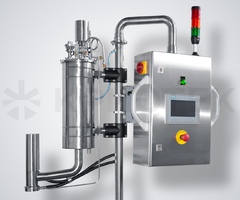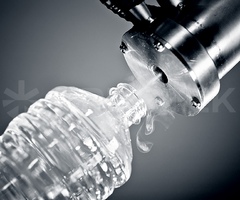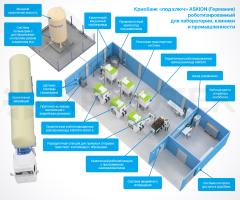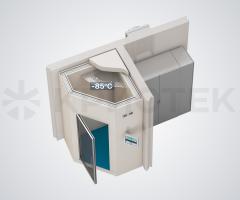Cryotherapy - what is it?
Криодеструкция, как метод криохирургии, – это эффективный малоинвазивный метод лечения доброкачественных и злокачественных образований кожи и слизистой, а также внутренних органов.
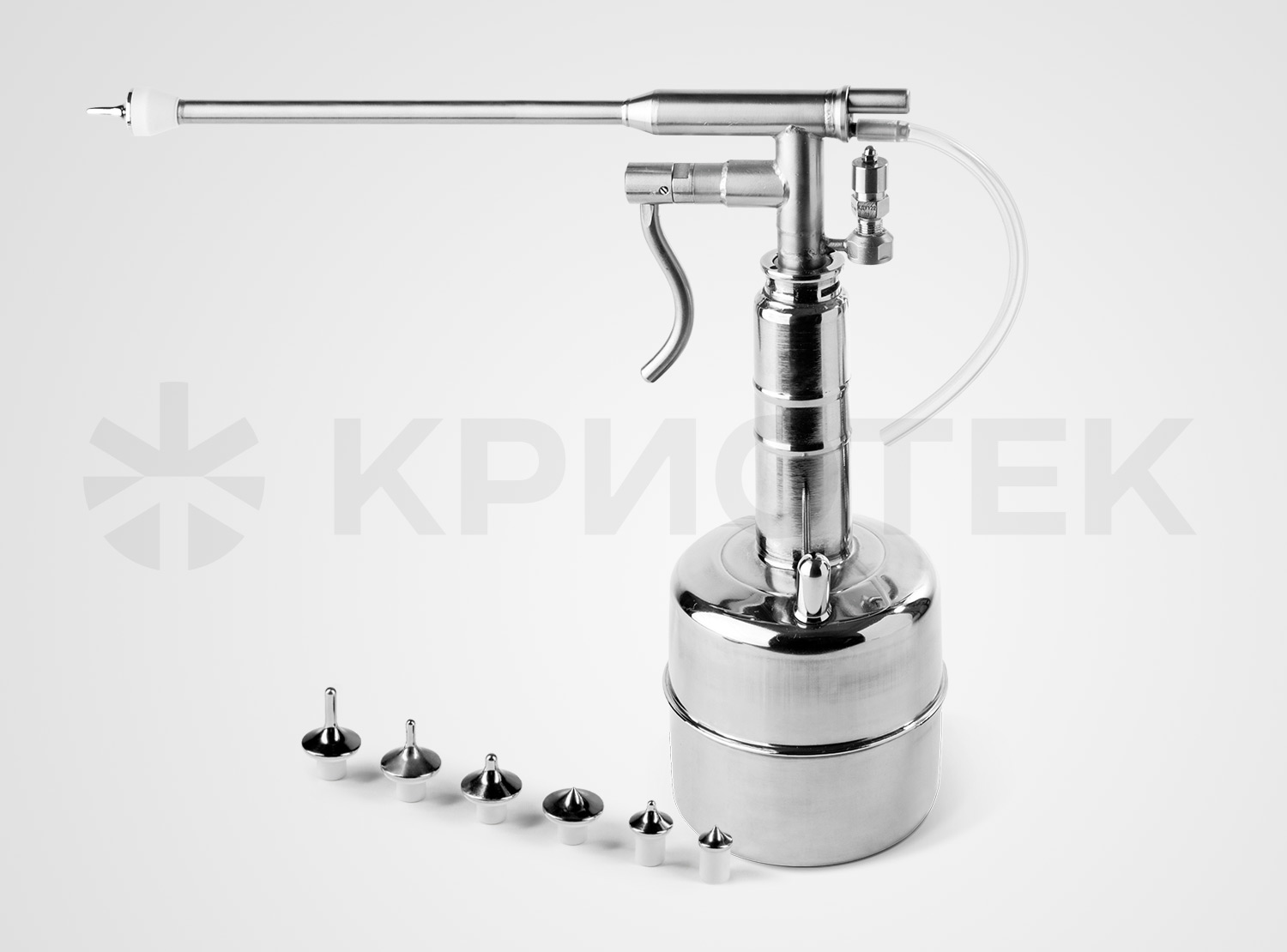
Cryotherapy as a method of cryosurgery is an effective non-invasive treatment of benign and malignant lesions of the skin and mucous membranes, and internal organs. The procedure involves a controlled fast freezing diseased tissue with liquid nitrogen having a very low boiling point of -196°C and subsequent slow thawing of the frozen zone. Cryosurgery refers to surgical techniques and is most often used in dermatology, cosmetology and aesthetic medicine, gynecology, and abdominal surgery.
Cryosurgery in medicine.
Cryosurgery is one of the most popular treatments of a wide spectrum of skin lesions: warts, papillomas, warts and other skin problems. Also with this method you can get rid of pathological vascular or pigmented in nature.
In gynecology, cryosurgery is used to treat a wide range of diseases. Among them:
- cervical erosion;
- dysplasia;
- warts;
- ectopia of cylindrical epithelium;
- leukoplakia, and other pathologies.
This modern technique allows, in many cases, replace surgery. Cryosurgery is performed using a special cryosurgical apparatus and instruments, metallic operating tip which can be cooled with liquid nitrogen to a temperature of -190°C.
The effects of liquid nitrogen.
Irreversible destruction of cells during their freezing and thawing is due to a significant dehydration of the tissues due to the formation of microcrystals of ice, which also cause mechanical damage to cell membranes. Of great importance in the pathogenesis of the emerging necrosis has a higher concentration of electrolytes in the cytoplasm of cells due to dehydration. A sharp decrease in temperature leads to denaturation of the phospholipids comprising the cell membranes, and also to a sharp violation of Belkovogo, carbohydrate and lipid metabolism.
Are 5 main factors that cause damage to cells during freezing and thawing:
- dehydration of cells in the formation of ice crystals, first out, and then intracellular and contributes to a significant increase in the concentration of electrolytes in the cell;
- mechanical damage to cell membranes by ice crystals;
- destruction of cell membranes is accompanied by denaturation of proteins and phospholipids, the activation of a number of enzyme systems with subsequent destruction of the basic cell structures;
- the emergence of the so-called "terminal shock" associated with the termination of the mobility of the protoplasm;
- the cessation of blood circulation in the exposed tissue cryotherapy leads to the development of ischemic hearth cryonecrosis.
Cryosurgery underlying tissues proceeds in three consecutive phases:
- croporate - macroscopically detected the color change of the tissue with symptoms of edema, changes of innervation due to its low processing temperature;
- krivoklatska phase - ischemia with subsequent necrosis due to total thrombosis;
- repair - the restoration of normal epithelial layer.
As a result of rapid cooling, the skin becomes thick, pale and cold, lost sensitivity. At this time you may feel a tingling, slight burning, slight discomfort. Then there is collateral edema and hyperemia. This stage can last from 1 to 3 hours, after which appears epidermal bubble with necrotic fluid and then crust. Bubble dissolves within a few days. In the period from 2 to 6 weeks there is a complete rejection of necrosis. On the place where was held cryosurgery, there is a small, usually pink spot with the subsequent full-organotypic tissue regeneration within 6 months.
Cryosurgery may be contact or noncontact cooling fabrics:
- the contact method involves direct contact with a tissue liquid nitrogen cooling of the operating tip of a cryoprobe or of a suitable shape and size, which ensures high accuracy and efficiency the impact on the affected area;
- a non-contact method the procedure involves exposure to the pathological area of the liquid-vapor stream of nitrogen by means of criarsites.
When choosing which technique to account for the size and depth of the lesion, type of tissue.
Cryotherapy as a method of treatment using liquid nitrogen, has a lot of advantages, which are as follows:
- the focus of cryodestruction is clearly demarcated from the surrounding tissue and has the "biological inertia", causing only minimal perifocal reaction of the surrounding tissue;
- local freezing of tissue is produced, usually without significant damage to healthy cells surrounding the hearth cryonecrosis;
- painless local cryogenic effect on living tissue that is associated with the rapid destruction of sensitive nerve endings under the influence of cooling;
- bloodless for cryosurgical treatments;
- the high resistance of the walls of the large vessels to low temperature that contributes to the restoration of normal blood flow even after a complete freeze (this allows you to safely perform the procedure changed tissues even in close proximity to these vessels);
- the dosage level of destruction;
- full (organotypic) regeneration subjected to cryotherapy tissues;
- cryosurgery does not cause rough scar changes.
- activation of functions immunoreactive systems in the body;
- the minimum number of complications.
Contraindications for the procedure are the acute infectious diseases and inflammatory processes. In some cases the procedure cannot be used because of the large size of the tumor, and when pathologizeschanges in remote places.
.svg)


